Japanese surnames are known for their wide variety and origins. Many are derived from the names of places, geographic features, and occupations. Knowing their origin and history will make you more familiar with Japanese surnames/family names and your Japanese friends!
Table of Contents
- Top 10 Japanese Surnames Ranking
- Top 60 Japanese American Surname Ranking
- Surnames of the common people
- Why the emperor has no surname
- The surnames of samurai derived from the place name.
1. Top 10 Japanese Surnames Ranking
Here, we introduce you to the Top 10 Ranking of Japanese surnames/family names in Japan. We added the representative family crest (Kamon) to each surname.
However, it’s just an example; each family name has many different Kamon attached to them.
- 佐藤 SATO
- 鈴木 SUZUKI
- 高橋 TAKAHASHI
- 田中 TANAKA
- 渡辺 WATANABE
- 伊藤 ITO
- 山本 YAMAMOTO
- 中村 NAKAMURA
- 小林 KOBAYASHI
- 加藤 KATO
1. 佐藤 SATO
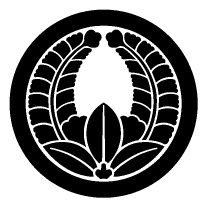
The Sato family’s estimated population is around 2 million people. The surname is concentrated in eastern Japan, especially in the Tohoku region.
In Akita and Yamagata in particular, around 7% of the population is the Sato family.
On the other hand, even in western Japan, where there are few Sato surnames, there are many Sato surnames in Hiroshima, Tokushima, and Oita prefectures. There is a historical reason for this.
Japan’s first nationwide civil war, the “Genpei Gassen” which broke out in the late 12th century, many of the warriors who followed the Taira clan (Heike) in this battle were from clans based in western Japan.
After the war, these samurai lands were confiscated, but most were seized by the Minamoto clan (Genji) side in the three prefectures of Hiroshima, Tokushima, and Oita.
The land that no longer had
When a warlord was given a new domain, he sent his clan or party to rule over these lands.
As a result, surnames from eastern Japan have come in en masse, and in these three prefectures, not just Sato, the composition of surnames is closer to East Japan than in Western Japan. The root of the Sato surname is a descendant of the Fujiwara clan.
2.鈴木 SUZUKI
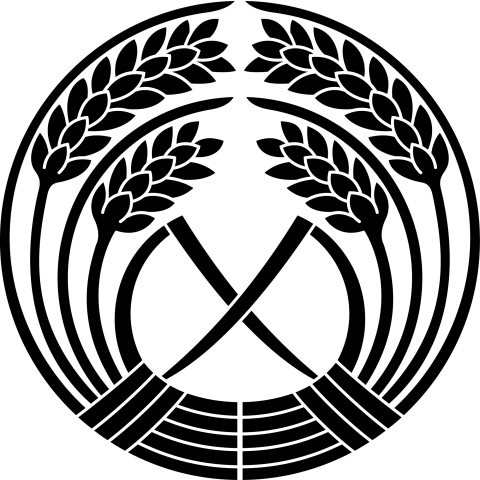
An estimated 1.8 million people use the surname nationwide, the second most common surname after Sato.
While the Sato surname spread from the imperial court to the provinces and has multiple roots, the Suzuki surname is limited to Kumano in the Kii Peninsula. It is a surname that spread throughout the country from here.
Therefore, the surname Suzuki is not derived from a place name or occupation.
We have various theories about the roots of the Suzuki surname, but the most likely theory is that the Suzuki surname was born from a pile of rice straws called “
It also refers to the unique ears of rice used in rituals. The Chinese character for “Suzuki” was given later.
The Suzuki clan can be considered a clan with a strong connection to rice farming.
The Kumano Suzuki clan later moved to Fujishiro (Kainan City, Wakayama Prefecture) and became a priest of the Oji Shrine, where they became associated with the Kumano faith and spread throughout the country with mountain priests.
3. 高橋 TAKAHASHI
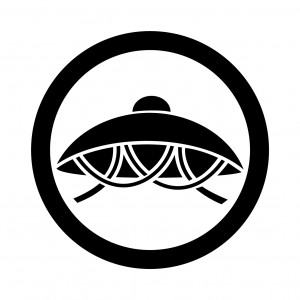
The Takahashi surname is the most common place-derived surname in Japan. The name of the place comes from a high bridge.
Even in the Edo period (1603-1868), crossing the river by ferry was ordinary, except in urban areas.
In ancient times, having a permanent bridge over the river would have been quite unusual. From this, surnames with the word “bridge” were born, such as 橋本 (Hashimoto), 大橋 (Ohashi), and 船橋 (Funabashi), but the most representative of these is Takahashi.
This is the origin of the high bridge, but a bridge over a deep valley could not be built in a very low place, so it became a high bridge.
Also, large bridges become Takahashi. Today, a straight bridge can be made out of concrete, but in the pre-Edo period, long bridges were built with a raised center to add strength.
The Takahashi surname was found all over the country, both east and west. It is widely distributed in Japan but is more common in eastern Japan.
4. 田中 TANAKA
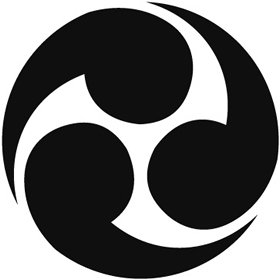
The Tanaka surname is one of Japan’s most representative surnames of topographical origin.
Unlike place names and surnames, topographical surnames are often widely distributed throughout the country because the same topography will produce the same surname.
The root of “Tanaka” is the “inside” (中) of “
The rice paddies were the most critical asset for rice production, and the vastness of the rice paddies was also a sign of the family’s wealth.
After the late Heian period (794-1185), it was the samurai’s job to cultivate as much of the flat land as possible and turn it into rice paddies and protect it with military force. This is why there are so many surnames with the word “
5. 渡辺 WATANABE

Watanabe is the second most common place name after Takahashi, but its origin is limited to one place.
We have no other example of a surname occurring in a single place and spreading across the country to such an extent that it is common for surnames to be at the top of national rankings to have multiple roots.
The roots of the Watanabe surname are in the country of Settsu (present-day). Descendants of the Saga Genji clan, descendants of Emperor Saga, lived in a place called Watanabe, Nishinari-gun, Settsu and organized a kindred group called the Watanabe Party. Mr. Watanabe is a descendant of this Watanabe Party.
The place-name Watanabe no longer exists, and this area is now quite inland, but it was once called Watanabe Tsu, the largest port in the Seto Inland Sea, which was established near the mouth of the Yodo River. Since it held the port, the Watanabe Party became a naval force, and some clans, such as the Matsura Party, were born from the clan that were active as naval forces. The Watanabe surname is more common in eastern Japan, especially in Tochigi and Niigata prefectures.
6. 伊藤 ITO
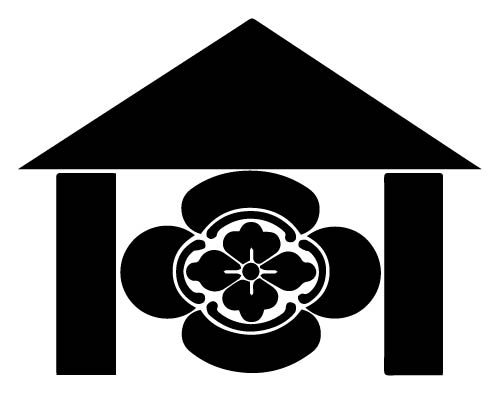
The Ito surname, like the Sato surname, is a descendant of the Fujiwara clan. The “I” (伊) in Ito is derived from the place’s name.
Ito means “Fujiwara clan of Ise”, and the Fujiwara clan, who became the guard of Ise, took the “Ito” from the “I” of “Ise” and the “Fuji” of “Fujiwara” of Fujiwara, and called themselves Ito.
The Ito surname is still overwhelmingly prevalent in the former Ise Province of Mie Prefecture, and is a descendant of the “Fujiwara of Ise”.
The northern part of Ise, in particular, has by far the most surnames in most municipalities and the highest number of surnames in Mie Prefecture.
Mr. Ito is represented by the Ito Zaibatsu (financial combine) of Nagoya. It opened in the early Edo period and has represented Nagoya’s business world for 400 years, now Matsuzakaya.
7. 山本 YAMAMOTO
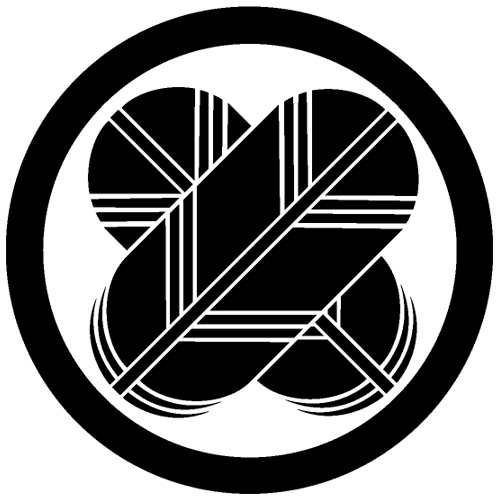
The name Yamamoto is derived from one of Japan’s most representative topographical origins and is the most representative
Yamamoto means the foot of a mountain. In modern times, it is sometimes shunned as dangerous to live at the foot of a mountain, but in ancient times, it was more common to live at the foot of a mountain than in the middle of a plain.
Even now, if you go to a rural area in the valley, the path close to the river has been developed as paddy fields, and houses are often lined up on either side of the single road leading to the mountain’s foot.
This is the original landscape of Japan, and it is from these places that Yamamoto-
It is common in western Japan, but is distributed throughout the country except in the Tohoku region. Also, in the southern part of Kagoshima and Miyazaki prefectures, many people write 山元 instead of 山本.
8. 中村 NAKAMURA
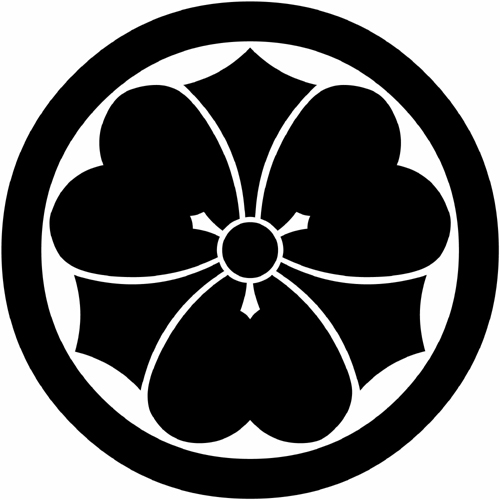
The Nakamura surname can be said to be derived from both place names and directions.
“Nakamura” originally meant the main village concerning the central village or a branch village.
The Nakamura surname, “central village” in Japanese, is azimuthal. Still, many of these places are also called “Nakamura,” and many families took Nakamura as their surname because they lived there.
For this reason, it is generally considered a place name surname. We have a theory that Nakamura is the most commonplace name in Japan, and it is impossible to identify its roots from the last name.
In the Edo period, the Nakamura family was a daimyo (feudal lord) for only a short period.
However, the Nakamura family was famous for many other families besides samurai generals, including the Nakamura family of Kabuki actors.
There was also the Nakamura family, one of the ten Senke craftsmen in Kyoto. Therefore, the Nakamura surname, which has its roots in various places, is still widely distributed throughout the country today.
9. 小林 KOBAYASHI
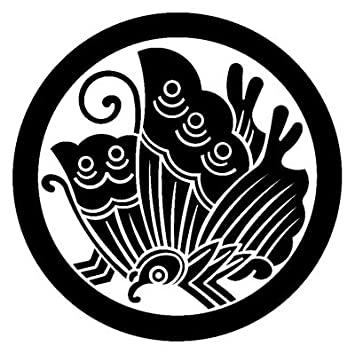
The Kobayashi surname is a topographical surname that originated from a small forest, like a thicket, and has its origin in many parts of the country.
Especially in Nagano and Gunma prefectures, we also have place names. And people know the Kobayashi family from ancient times there.
In Nagano Prefecture, the Kobayashi surname is by far the most common surname; in the northern part of the prefecture, it is the most common surname in most municipalities.
In Nagano Prefecture, where the Kobayashi surname is predominantly found, we have several origins of the Kobayashi surname.
However, the most famous is the village of Kobayashi (now Iida City) in the former Ina County, where the Suwa clan lived and took the name Kobayashi.
Also, the Kobayashi clan in Gunma Prefecture has its roots in the Kobayashi (now Fujioka City) village in the former Midorino County.
It is an old house from the Kamakura period, and the name “Kobayashi Party” appears in “Azuma Kagami”, the official history book of the Kamakura Shogunate.
10. 加藤 KATO
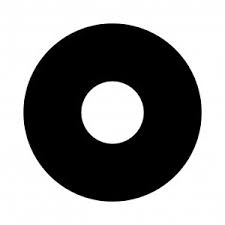
The Kato surname is also a descendant of the Fujiwara clan. The “ka” (加) in Kato is the “ka” (加) of Ishikawa Prefecture in the Kaga (加賀) Province.
Kato has several branches, many of which are descendants of the Toshihito line of the Fujiwara Hokke.
The Kato clan began when Kagemichi, the seventh generation of Fujiwara Toshihito, became Kaga no suke and took the name “Kato” as “Fujiwara of Kaga”. Many Kato family members of the samurai family are said to be from Mino.
The Kato surname is widely distributed, except in Shikoku and Kyushu, and is ubiquitous in eastern Japan, especially in the Tokai region.
This is especially true in northern Aichi Prefecture, where 9% of Seto City’s population consists of Kato families.
It is unusual for a city of 100,000 people to have such a high rate, let alone a small town or village with a small population, and more than 3,000 households in Seto City alone have Kato families living there.
2. Top 60 Japanese American Surname Ranking
The U.S.
The first Japanese surname to appear is “Tanaka,” which ranks No. 3565 in the U.S. Sato” and “Suzuki” are the fifth and eighth Japanese American surnames, respectively, indicating that many Japanese American surnames are from western Japan.
Also, in the case of Yamazaki (山崎), which is read differently in the East and West, Yamasaki in the West ranks higher than Yamazaki in the East.
Additionally, “Higa” (比嘉) is the twelfth most common surname among Japanese Americans and the most common surname in Okinawa Prefecture. “Oshiro” (大城), which is also concentrated in Okinawa, is also in the 22nd position, indicating that many people are from Okinawa.
Japanese Family Crest: List of the Lineage Symbols
- Tanaka (田中)
- Yamamoto (山本)
- Nakamura (中村・仲村)
- Watanabe (渡辺・渡部)
- Sato (佐藤)
- Yamada (山田)
- Kimura (木村)
- Suzuki (鈴木)
- Kato (加藤)
- Yoshida (吉田)
- Takahashi (高橋)
- Higa (比嘉)
- Kobayashi (小林)
- Nakano (中野・仲野)
- Hayashi (林)
- Hashimoto (橋本)
- Saito (斎藤・斉藤)
- Sasaki (佐々木)
- Mori (森・毛利)
- Matsumoto (松本・松元)
- Ito (伊藤・伊東)
- Oshiro (大城)
- Maeda (前田)
- Fujimoto (藤本)
- Miyamoto (宮本)
- Shimizu (清水・志水)
- Nakagawa (中川・仲川)
- Ikeda (池田)
- Morita (森田・守田)
- Yamashita (山下)
- Abe (阿部・安倍・安部)
- Murakami (村上)
- Inouye (井上)
- Harada (原田)
- Fujii (藤井)
- Uchida (内田)
- Nishimura (西村)
- Tamura (田村)
- Otani (大谷・小谷)
- Matsuda (松田)
- Yoshioka (吉岡)
- Ono (小野・大野)
- Inoue (井上)
- Yamaguchi (山口)
- Ogata (緒方・尾形・小形)
- Hamada (浜田)
- Yamasaki (山崎)
- Nagata (永田・長田)
- Yokoyama (横山)
- Okamoto (岡本)
- Kawamoto (川本・河本)
- Kawakami (川上)
- Honda (本多・本田)
- Yokota (横田)
- Kawamura (川村・河村)
- Ogawa (小川)
- Noda (野田)
- Hara (原)
- Endo (遠藤)
- Arakaki (新垣)
3. Surnames of the common people – Japanese Surnames
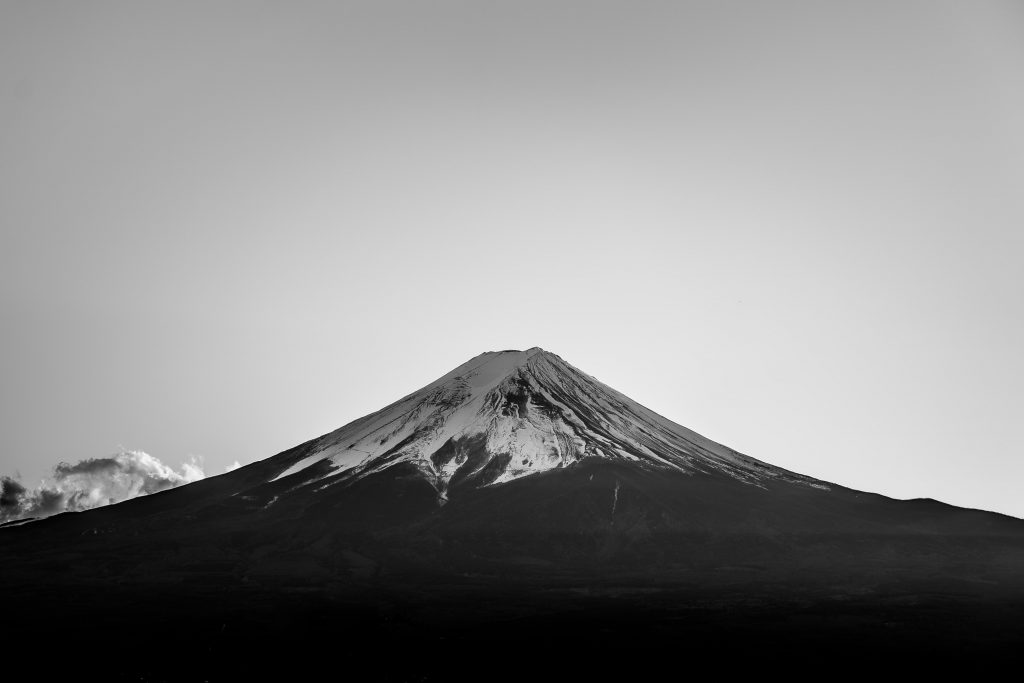
1.Origin of place names – Japanese Surnames
The easiest way to distinguish a house from a house is to distinguish it
Unlike today, relatives would have lived much closer together in the old days.
The place-name part often contains a smaller place name that is closer. In fact, the roots of surnames are most likely to be derived from place-names
Also, surnames came into existence from the late Heian period
Additionally, place names often change over time, especially kanji, so even if the kanji is slightly different, it is frequently the root of the surname.
Besides, we have cases where the surname derived from a place name indicates that the person is from that place, not where the person lives.
In some cases, when a person moves to another land, he or she takes his or her native place as his or her last name.
2. Terrain-derived – Japanese Surnames
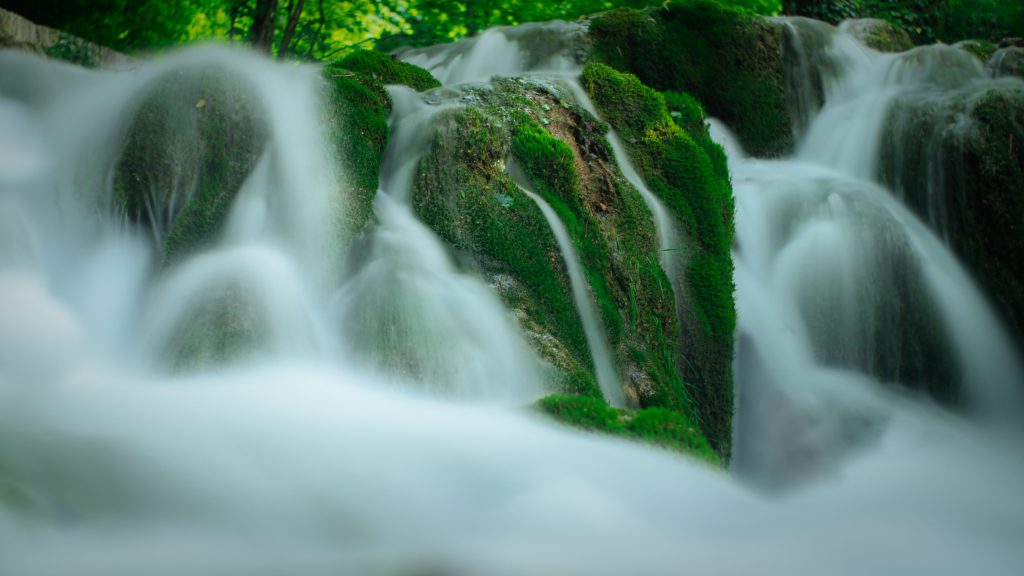
As the population grows and the number of houses in the same place name increases, it is now necessary to distinguish between houses and houses by something other than place names.
In those cases, they used the topography of the place where they lived and the appearance of the land as their surname.
The most common pattern uses the geography of the land itself, such as a mountain (山) or river (川).
In other words, “Yamamoto” (山本) who lives at the foot of the mountain, “Kawabe” (川辺) who lives by the river, etc.
We have various types of rivers, such as large rivers (大川), small rivers (小川), streams (沢), rivers that flow
The next most common ones are those that indicate a relationship with people, such as “rice fields” (田) and “fields” (畑). One of the representative ones is “Tanaka” (田中).
In Japan, where rice was the basis of life, they developed new rice fields and expanded the area of rice paddies as much as possible.
We have many variations, including “Ota” (太田), “Hirota” (広田), and “Oda” (小田), which occupy the area of rice paddies; “Takata” (高田), “Kawada” (川田), and “Hamada,” (浜田) which indicate the location; and “Miyata” (宮田) and “Terada,” (寺田) which indicate the owner.
3. Azimuth and directional origin – Japanese Surnames
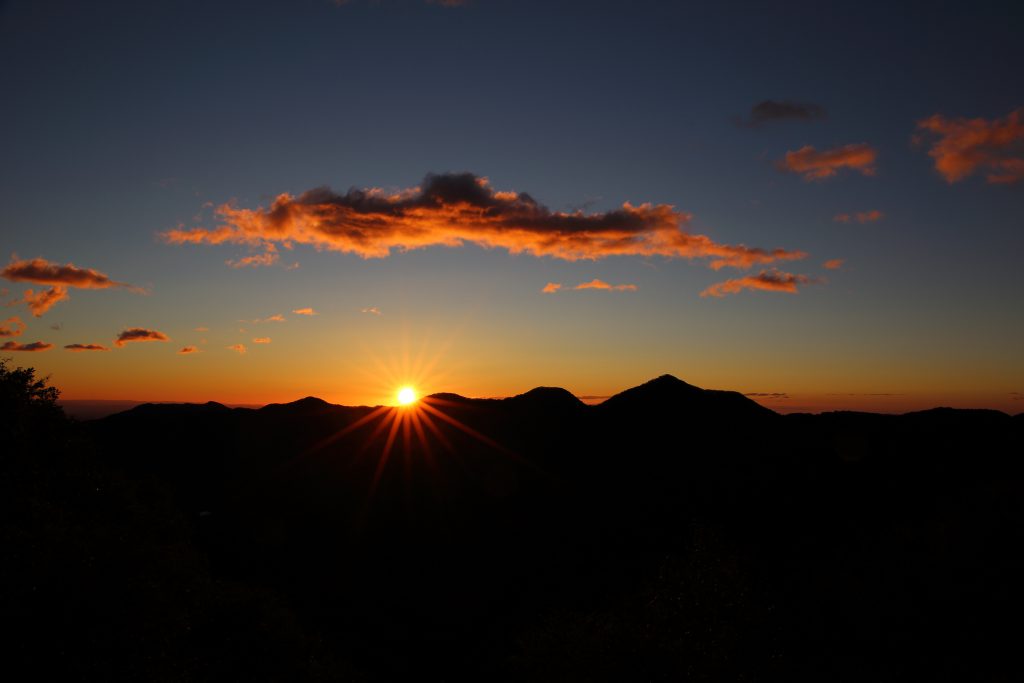
How do we distinguish between houses when the place names and topography are the same? In this case, it is a surname derived from the direction or azimuth used.
It is usually determined by the center of the settlement or which direction it is in terms of the location of the main house.
Basically, “North, South, East and West” are used, but also “Right and Left”, “Front and Back”, “Up and Down”, “Inside, Middle and Outside” and so on. The “Aside” and “Side” are also elements of the surname.
Of these, “Up and Down” can be based on height, such as “downhill” or “uphill,” but in general, “up” is often used for upstream and downstream of a river or closer to the capital of a city road, and the opposite is “down.”
Japanese created many surnames by connecting these words for direction and direction with words such as “mountain”, “river” and “village”.
4. Occupational origin – Japanese Surnames
Nowadays, it is not uncommon for parents and children being in different professions. However, in the pre-Edo period (before the 17th century), the occupation was basically hereditary. Thus, it was possible to point to a particular house by occupation, unless it was something that the majority of the settlement was engaged in, such as farming or fishing.
The surname derived from the occupation has changed over time. In ancient times, the official occupation became the surname.
For example, “Inukai” (犬飼/犬養), which had dogs, and “Okura” (大蔵), which is derived from the Okura dormitory that managed the finances of the imperial court.
We also have surnames such as “Kureha” (呉羽), derived from a family from Wuji in southern China who was in charge of clothing. Besides, “villager” (村主) has its roots in the ancient word “
During the Heian period (794-1185), the surnames of aristocrats and temples and shrines that had been the domain of the manor were born.
The “Shoji” (庄司/庄子) who actually managed the manor on behalf of the aristocrats in the region are among them.
4. Why the emperor has no surname – Japanese Surnames
Those who were given a surname by the emperor expressed their loyalty to the emperor by accepting it and calling themselves by it.
So the emperor has no surname. From the Yamato period through the Showa, Heisei, and Reiwa periods to the present, the emperor and the imperial family have not had a surname.
5. The surnames of samurai derived from the place name – Japanese Surnames
As a place of economic profit and military power, the samurai took their domain as “一所懸命” (the land that they risked their lives to protect in one place) and took this as their surname.
In other words, taking a place name as a surname was meant to prevent others from intervening and embezzling by claiming, “This place is my domain! Such a place was called “名字ノ地” (a place of the surname).
Initially, the samurai’s surname was the place name of the estate’s “名字ノ地” (a place of the surname). Therefore, when the estate changes, the surname changes as well.
Have you found Japanese surnames you are familiar with? Or even your Japanese surnames


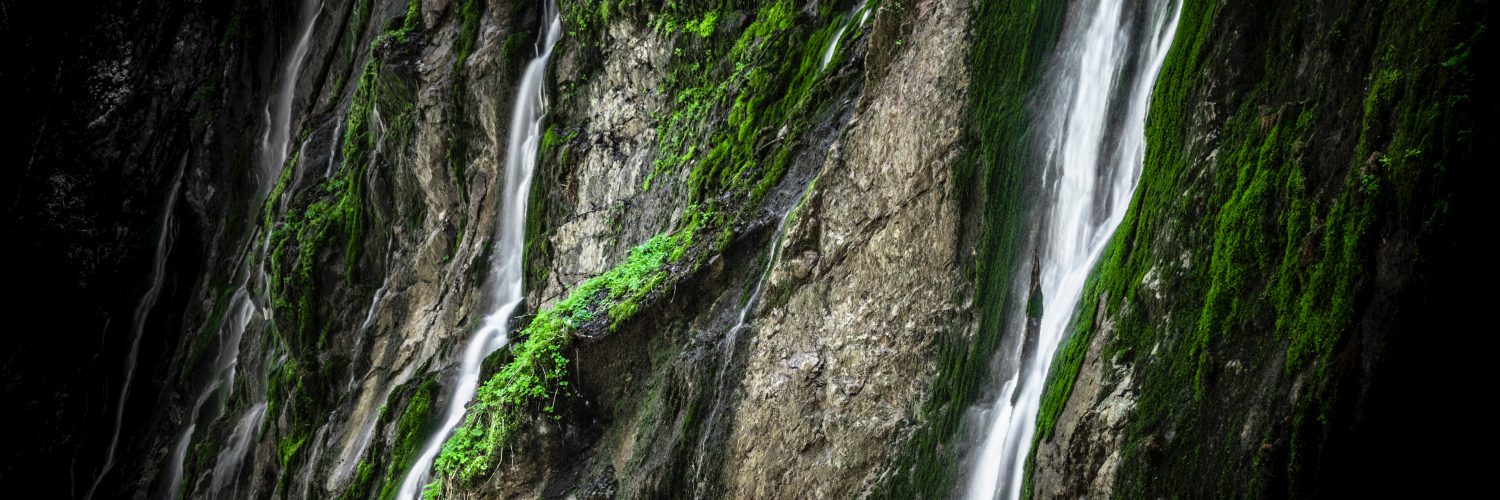
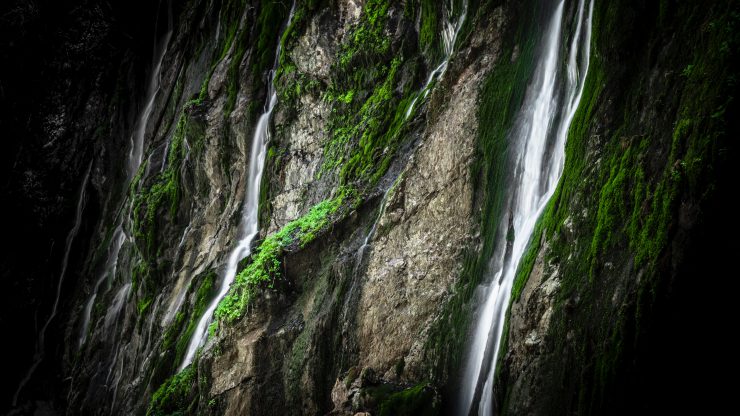

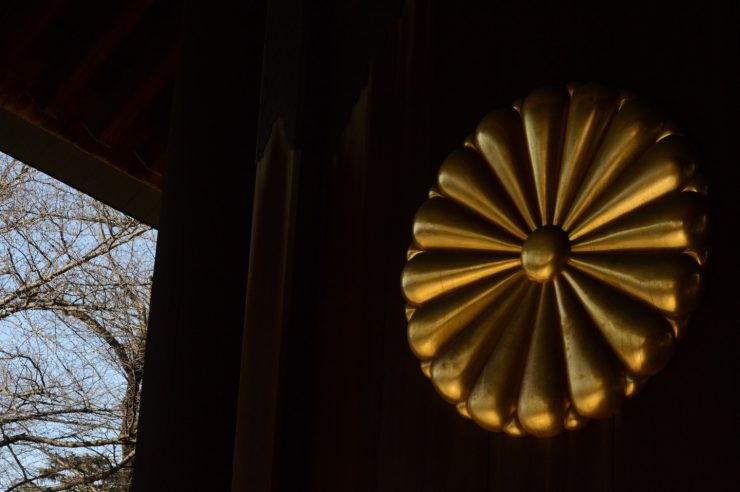
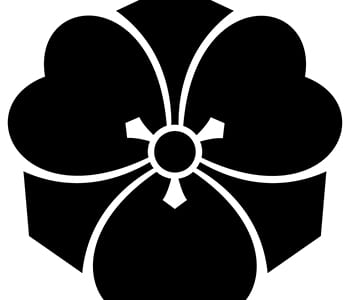
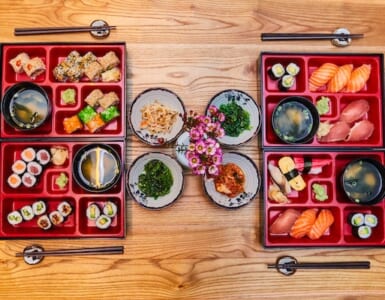
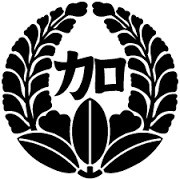


My genealogy takes me back to the mid 1800’s in Fukuoka. My great great great grandfather was Maeda and my great great great grandmother was a Furakawa. Is it possible that Maeda has the same Kamon as the Maeda family in central Japan. I spell my surname Mayeda in the U.S., but in kanji it’s Maeda.
What I meant to ask is if it’s possible that my great great great grandfather Maeda in Fukuoka had the same kamon as the Maeda family in central Japan?
Hi Joshua,
Thank you for the comment! I can’t say for sure without knowing their origins, but in terms of possibility, my answer is yes. They may share the exact origin and Kamon. It happens many times that different family names share the same Kamon. The same family name can have different Kamon depending on their origins. Your 前田 family in Fukuoka may share the same roots as those in central Japan. But again, it is difficult to say anything definitive without investigating their origins.
Please let me know via email if you have any other questions.
patternz.jp{at}gmail.com
Have a wonderful week!
Hiroko
Looking for kamon or crest related to Saito clan.
Hi Monica,
Thank you for the comment! I can see whether I have information about your Saito clan, including its Kamon once you let me know where they came from (the family domicile in Japan, such as Prefecture). You can write me via the following email.
patternz.jp{at}gmail.com
I’m looking forward to hearing from you!
Hiroko
Need to know my family crest
Hi Leslie,
Thank you for your comment! Please share your family domicile with me, such as the prefecture or city. It will help me search for related information about your Murasaki (村崎, is this correct?) family’s origin and the family crest.
You can write me via email below.
patternz.jp{at}gmail.com
I look forward to hearing from you.
Hiroko
I found a kimono 25 years ago with cranes large and bordering all sides and the Gamo or takata symbol prominent various places
The kimono is so lovely and seems needing placement w family who is part of its heritage.
It was located in Washington state port Angeles coast.
Is there any specific source or person who can help find a family interested in the preservation and love of this kimono? Thank you!
Hi Janet,
Thanks for the comment! I personally don’t know how to reach such family, but I found this kimono museum website which might be a good place to start.
Ome Kimono Museum: http://www.omekimono.jp/english%ef%bc%88ome-kimono-museum/
Here’s their email address: omekimonom{at}jacom.zaq.ne.jp
I hope it helps!
Hiroko
I found a kimono 25 years ago with cranes large and bordering all sides and the Gamo or takata symbol prominent various places
The kimono is so lovely and seems needing placement w family who is part of its heritage.
It was located in Washington state port Angeles coast.
Is there any specific source or person who can help find a family interested in the preservation and love of this kimono?
My family history dates back to the Edo period. Toshiie Maeda was once ruler of the Toyama Castle. It was burned down and rebuilt twice and was again rebuilt and is located at the attached link. The family crest is of a crane with winds spread. Can you find this crest?
https://en.m.wikipedia.org/wiki/Toyama_Prefecture
Hi Joann,
Thanks for the comment! Could you give me little detail about your family? Such as the family name in kanji characters and its domicile. You already know your family crest but do not have an image. I could send you a possible family crest image if you write me via email.
patternz.jp{at}gmail.com
Have a good day!
Hiroko
What surnames that used falcon/hawk feathers as their kamon? Correct me if i’m wrong its also a sign of a samurai family?
I’m curious why kamon of Yamomoto here is similar to Asano? I’m also curious how many different types of Kamon are there per surnames? Is the kamon different of Yamamoto in Fukuoka/Kyushu and with Yamomoto of Kansai?
Hi Abdul,
Thanks for the comment! To answer your question, there’s no reason that the Yamamoto crest and the Asano crest look similar in this case. Each clan/family adopts the kamon for their own reason and heritage. Having the same exact kamon doesn’t mean they share the same heritage. Yamamoto families from different regions can have different kamons since the Yamamoto families’ lineage is not necessarily the same.
Hope it helps!
Hiroko
Thank you for the answer.
I have a cousin whose surname is Watanabe, he’s a japanese diaspora and his dad is from Fukuoka. Is the Kamon the same here or different?
Lastly, do you have any links to article/journal in detail about kamon of every family and their variation for each prefecture/region.
Thank you for taking the time to answer.
If your cousin inherited the kamon from his dad’s line, the kamon should be the same for sure. As far as I know, the article I’ve written about the Japanese surnames provides general information about the family name and their family crest in general. Some say there are more than 20,000 Japanese family crests and I have dictionaries about family names and family crests attached to each one of them, but they are not online.
Hope it helps!
Hiroko
Hi Hiroko,
Thank you so much for all of the fantastic information you have provided here on your site!
I have begun to research and learn more about my Japanese heritage, and found your site in the process.
My family is from Yorii, in Saitama prefecture, with surname Sakaue. I am interested in confirming family crest. Are you able to help?
Hi Teresa,
Thanks for the comment!
Unfortunately, we don’t have related information about the Sakaue family from Saitama Prefecture in our resources.
Sorry, we can’t be of your help! Please let us know anything else we might be of your help once you happen to have some documents or notes related to your family.
Hiroko
Thank you so much for looking, Hiroko! I will see what information I can gather and share.
Very Nice , thank you so much for your infos Hiroko. I would like to know Morita’s crest. Can you help me ?
Hi Morita-san,
Thanks for the comment! We need your Morita family domicile (permanent address in Japan) to look for the possible family crest information on our resources. Could you tell us where your family from such as the prefecture? You can write to us here: patternz.jp[at]gmail.com
Thank you,
Hiroko
This is fascinating!
I am interested in learning about my Japanese heritage. I would like to know if there is an emblem/kamon for Hirayama?
Hi Gitania,
Thanks for the comment! Could you tell us about your family domicile, such as prefecture? So we may be able to find out the family crest of your family, 平山さん.
Looking forward to hearing from you!
Hiroko